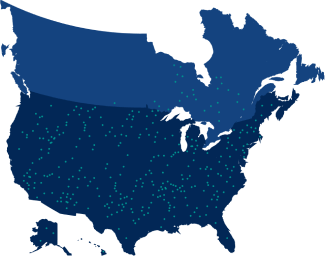Find North Star Water Treatment Systems
One of the largest manufacturers of wholesale water treatment solutions in the world, North Star is a proven name in home water treatment with softening and filtration systems available all over.
Locate a North Star supplier near you.

No servicers found in your area.